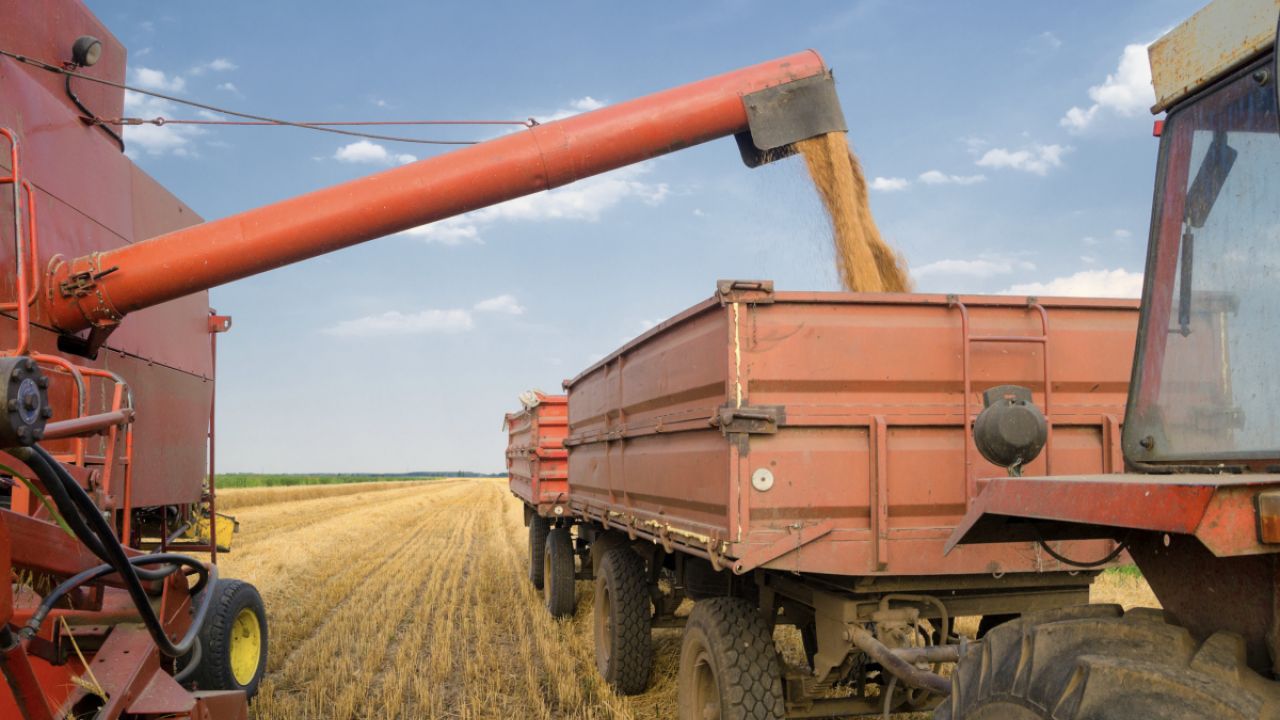
Last fall, an EWG investigation debunked the agriculture industry’s claims that American farms “feed the world.” In fact, fewer than 1 percent of U.S. exports go toward feeding the hungriest nations.
Now, a study by three leading experts shows that federal farm subsidy programs such as crop insurance don’t help feed hungry Americans either.
An analysis by Joseph Glauber, Daniel Sumner and Parke Wilde for the American Enterprise Institute confirms that farm subsidies don’t improve food security for poor Americans – even for those who live in farm country.
According to the authors:
- Farm subsidies and crop insurance don’t lower food prices. On average, only about one dime out of each dollar Americans spend on food is attributable to the cost of producing crops.
- Subsidies do boost farm families’ incomes, but most farming households are not poor. In fact, median farm household income has exceeded U.S. household income every year since 1997. And EWG’s Farm Subsidy Database shows that most subsidies go to wealthy farming households anyway.
- Subsidies don’t help farm workers either. The most labor-intensive crops like fruits and vegetables receive the smallest amount of subsidies.
- Finally, subsidies don’t really boost the the rural economy. On average, only 6 percent of jobs in non-metro areas come from farming.
The agriculture lobby repeatedly tries to justify farm subsidies and crop insurance by claiming the largess helps feed hungry people and lifts rural economies. As discussion of the federal farm bill heats up, you are sure to hear that tired rhetoric again and again.
The truth is that farm subsidies and crop insurance are a boon for the most financially secure farming households. If we really want to help rural America and hungry people, there are far better ways to spend that taxpayer money.



